1. Explore the Vieng Xai Cave City
Located close to Sam Nua (near the Vietnamese border), Vieng Xai Cave City served as living quarters for Laotian soldiers during the 1960s. You can see the living quarters as they were — the Kaysone Phomvihane Cave even has a working air-circulation pump. Guided tours are found at the Vieng Xai Caves Visitor Centre. Admission is 60,000 LAK ($6.90 USD). The bus there is 20,000 LAK ($0.25 USD) while a tuk-tuk (no matter how many people) is 150,000 LAK ($0.75 USD).
2. Trek to the Kuang Si Falls
This huge waterfall near Luang Prabang is breathtaking. Turquoise waters flow over rock ledges into dramatic pools perfect for swimming. The picture at the top of the page? Kuang Si! Definitely do not miss this place. Be sure to find the secret pool for a swim too! (My blog post has info on how to find it.) Admission is 20,000 LAK ($2.50 USD), and a tuk-tuk from Luang Prabang will cost 30,000-40,000 LAK ($3.50-4.60 USD).
3. See the Great Stupa (Pha That Luang)
The Great Stupa in Vientiane is a 148-foot gold-covered stupa (a dome-shaped Buddhist shrine) and is considered the greatest monument in the country. Its exterior looks like a fortress with high walls, but the inside has many Buddhist, flower, and animal imagery throughout. You can admire the stupa from outside for free (which is what most people do). If you want to enter, admission is 10,000 LAK ($1.15 USD).
4. Head to Vientiane
The capital and largest city in Laos is full of important national monuments and temples, like the Great Stupa and the Sisaket Temple. While there, be sure to check out Buddha Park, a sculpture garden full of giant Buddha statues. It’s the most cosmopolitan city in the country, and you’ll find an up and coming foodie scene here.
5. See the waterfalls at the Bolaven Plateau
Located in Southern Laos close to the city of Pakse, the Bolaven Plateau is part of a crater that formed from an ancient volcano. Trek around the area and explore several of the waterfalls. The Bolaven Loop cuts through the entire crater and takes you close to all the falls. Each waterfall has its own entrance fee (usually between 5,000-10,000 LAK/$0.60-1.15 USD) as well as a parking fee for your bike (3,000-5,000 LAK/$0.35-0.60 USD).
6. Visit the Elephant Conservation Center
Located in Sainyabuli, the ECC was launched in 2011 by a team of elephant specialists working towards protecting the elephant population in Laos. It’s the best way to see elephants in a responsible way that doesn’t harm them. Prices start at 1,822,680 LAK ($210 USD) for a two-day visit while a seven-day volunteering session costs around 3,905,740 LAK ($450 USD).
7. Slow boat on the Mekong
Drift down the Mekong River on a long, narrow boat with comfortable seating, home-cooked meals, and a unique view of the countryside. You can find a ride typically from the border at Huay-Xai that will drop you off in Luang Prabang. Slow boats take two to three days. Prices will vary depending on the quality of your tour company, but an average tour will cost you around 1,000,000 LAK ($115 USD).
8. Phou Hin Poun Conservation Area
Mountains, a limestone forest, rivers full of rapids, and caves await you in the protected Phou Hin Poun area of Laos. The entire area is filled with unique species of flora and fauna, including macaques, tigers, and gibbons. (Yes, tigers.) A two-day guided trek will cost around 1,000,000 LAK ($115 USD) with everything included.
9. Get outdoors in Nong Kiew (Muang Ngoi)
Life in this quaint village on the Nam Ou River is slow and peaceful, but Nong Kiew is a popular draw for outdoor lovers. The towering limestone cliffs are ideal for experienced climbers, and there are many hiking trails leading to nearby waterfalls and caves. To get there, you can take a bus from Luang Prabang to Pak Mong and then a tuk-tuk the rest of the way.
10. Chat with a monk
On the first Sunday of every month, monks gather at the Sangha College in Vientiane to chat with tourists. You’re able to ask them about their practice and daily life, and in return, they’ll practice their English.




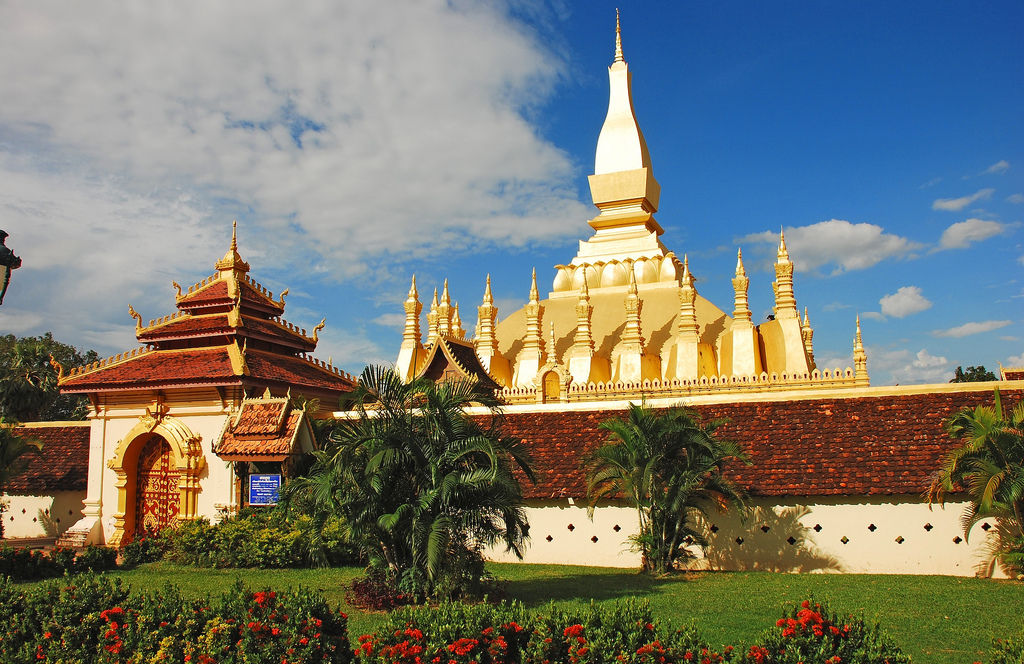


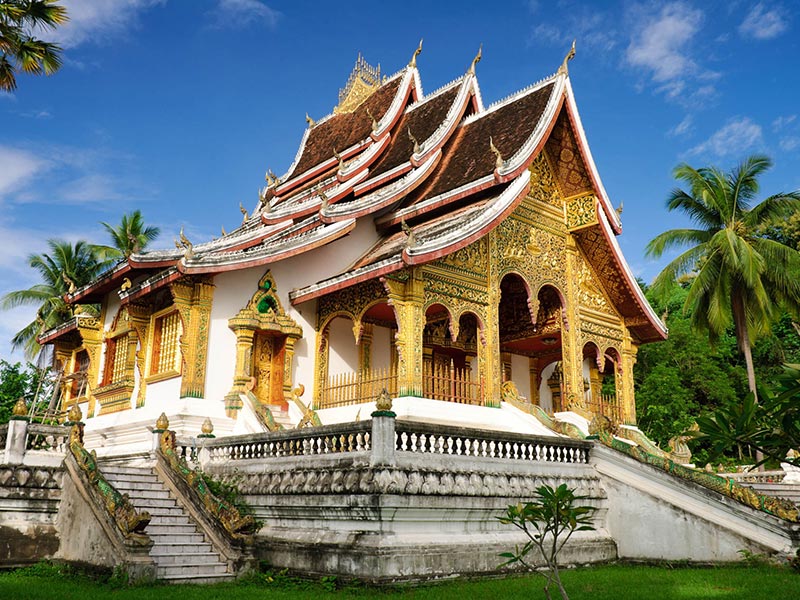
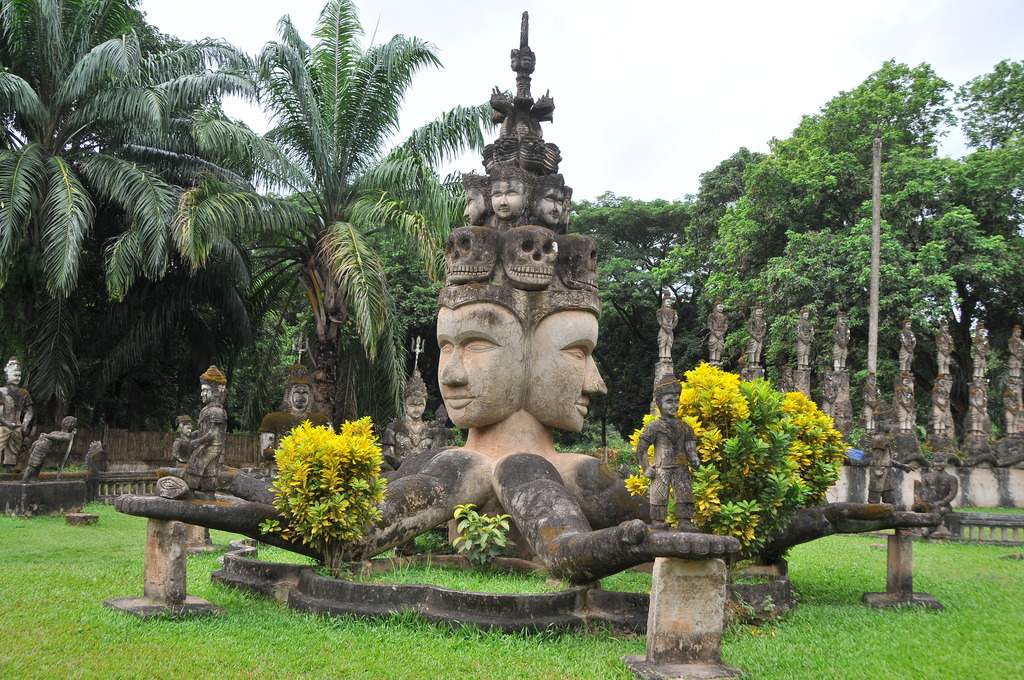

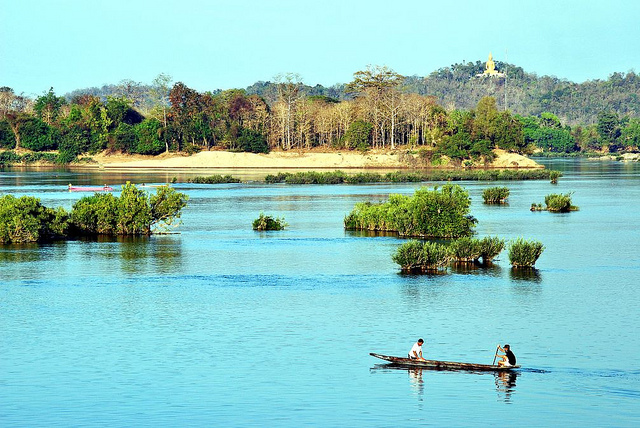
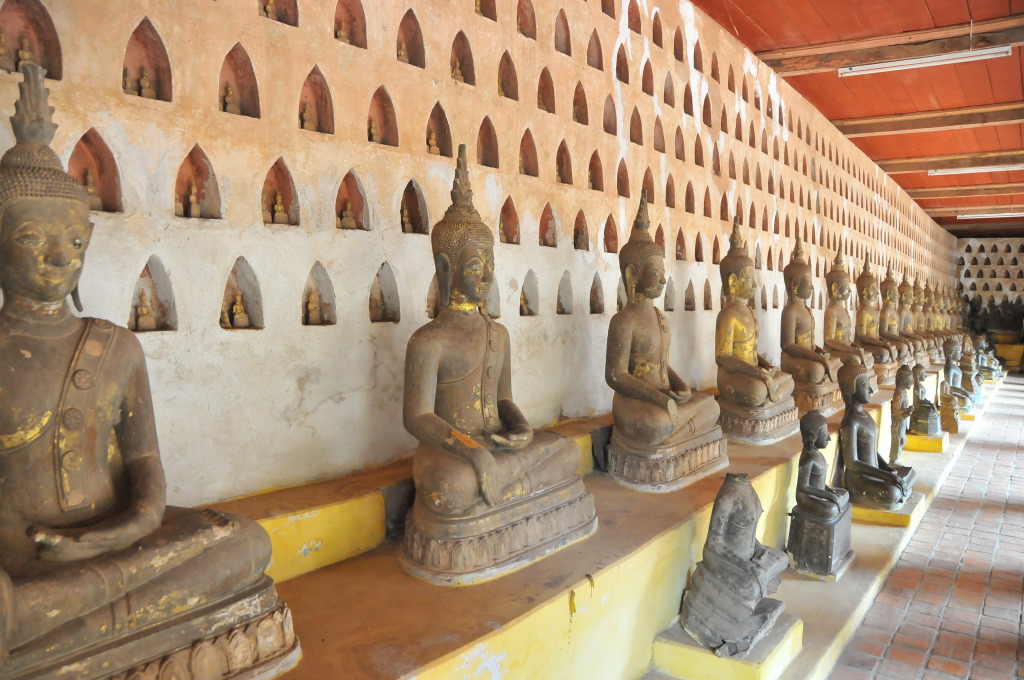
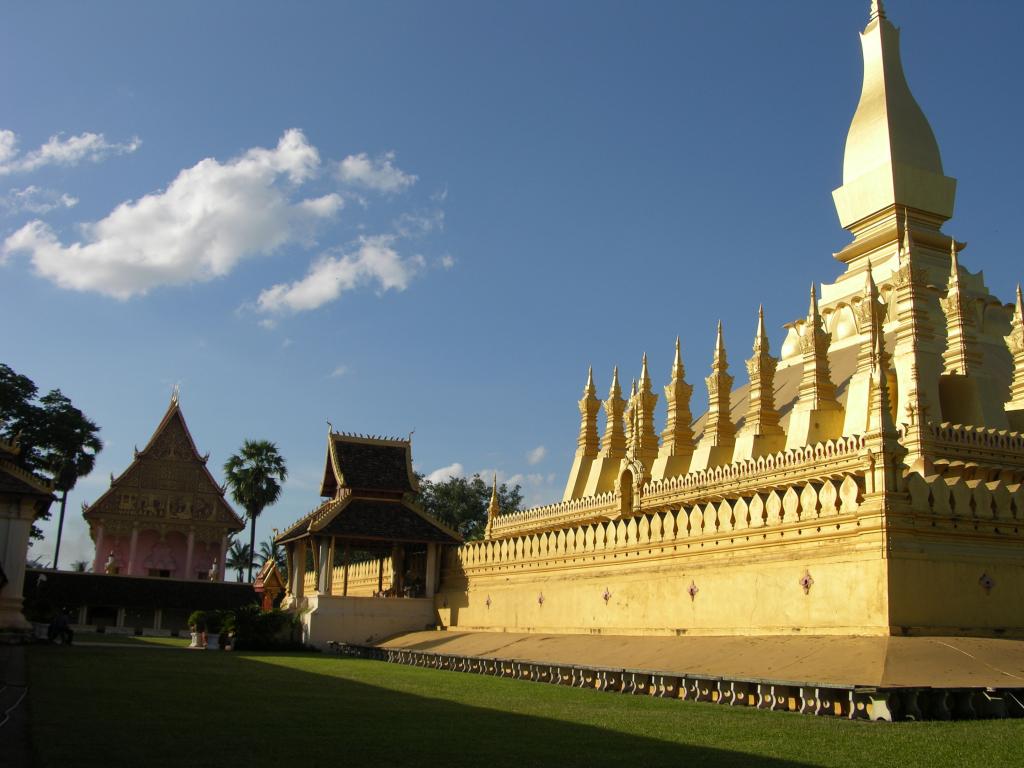

 Trusted Partner
Trusted Partner